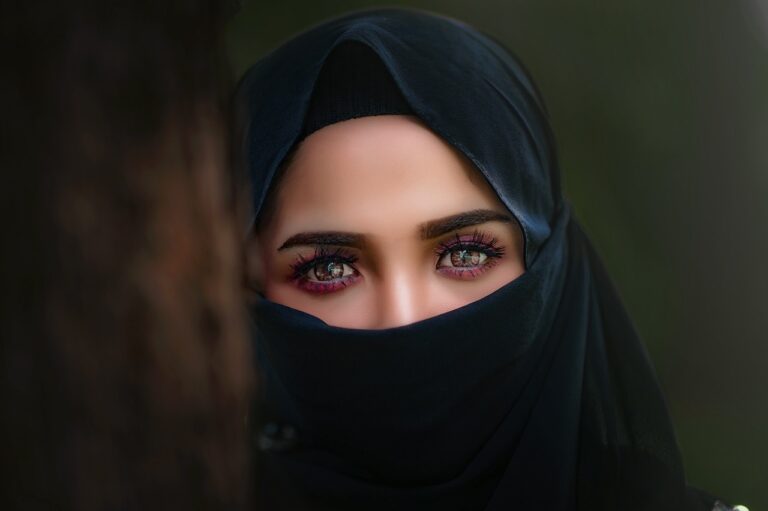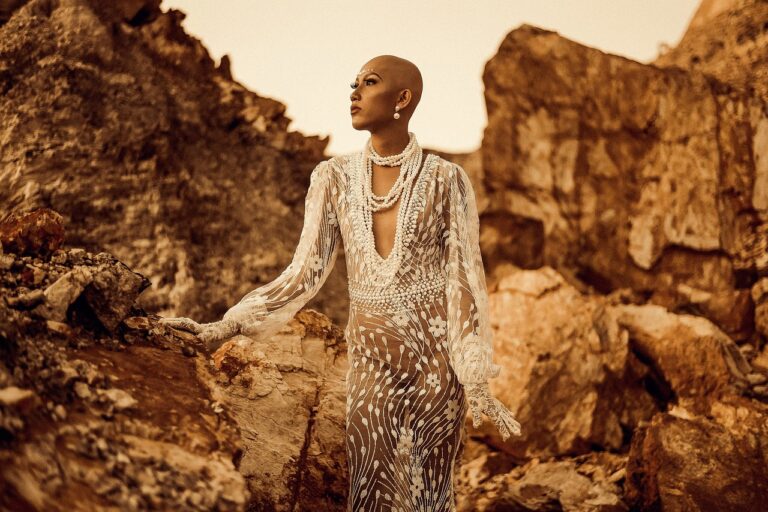Fashion and Animal Welfare: Ethical Treatment of Animals in the Fashion Industry
Animal agriculture is a significant contributor to climate change, accounting for a sizeable portion of greenhouse gas emissions globally. The production of livestock leads to the release of methane and nitrous oxide, potent greenhouse gases that trap heat in the atmosphere and contribute to global warming. Additionally, the clearing of land for animal farming, particularly for cattle ranching, leads to deforestation, which further exacerbates the environmental impact of this industry.
The intensive farming practices associated with animal agriculture also contribute to water pollution and depletion. Livestock farming requires large quantities of water for drinking, cleaning, and growing feed crops. The runoff from animal waste and excess fertilizers used on feed crops can contaminate water sources with harmful pollutants, posing risks to both aquatic ecosystems and human health. This strain on water resources is particularly concerning in regions already facing water scarcity issues.
Animal agriculture is a significant contributor to climate change
Livestock production releases methane and nitrous oxide, potent greenhouse gases
Clearing land for animal farming leads to deforestation
Intensive farming practices contribute to water pollution and depletion
Livestock farming requires large quantities of water
Runoff from animal waste and excess fertilizers can contaminate water sources
Animal Testing in the Beauty Industry
Animal testing in the beauty industry has long been a controversial practice, drawing criticism from animal rights activists and consumers alike. The use of animals to test cosmetic products raises ethical concerns regarding the well-being and suffering of these sentient beings. Despite advancements in technology that offer alternatives to animal testing, many companies continue to rely on these outdated methods for product safety assessments.
Furthermore, the effectiveness and reliability of animal testing in predicting human reactions to cosmetic products have been called into question. The physiological differences between humans and animals can lead to misleading results, potentially putting human health at risk. As a result, there is a growing push for the beauty industry to embrace cruelty-free practices and prioritize the development and validation of alternative testing methods.
Alternatives to Fur and Leather
Fur and leather have long been popular materials in the fashion industry, but their production comes at a cost to animal welfare and the environment. In recent years, there has been a growing shift towards embracing cruelty-free and sustainable alternatives to fur and leather. Material innovations such as faux fur, vegan leather, and recycled fabrics offer fashion designers and consumers ethical options that mimic the look and feel of traditional animal-derived materials.
Faux fur, also known as fake fur or synthetic fur, is a commonly used alternative to real fur. Made from synthetic fibers like acrylic and polyester, faux fur offers a cruelty-free option for those looking to add a touch of luxury to their wardrobe without harming animals. Vegan leather, on the other hand, is a synthetic material that mimics the appearance and texture of traditional leather without using animal skins. By opting for these alternatives, fashion enthusiasts can make a conscious choice to support sustainable and ethical practices in the industry.
What is the impact of animal agriculture on the environment?
Animal agriculture is a major contributor to deforestation, greenhouse gas emissions, water pollution, and habitat destruction. It is a leading cause of species extinction and biodiversity loss.
What is animal testing in the beauty industry?
Animal testing in the beauty industry involves testing cosmetics and personal care products on animals to determine their safety and effectiveness. This practice is controversial due to its ethical implications and the availability of alternative testing methods.
What are some alternatives to fur and leather?
Some alternatives to fur and leather include faux fur, vegan leather made from materials like cork or pineapple leaves, recycled materials, and innovative plant-based fabrics like mushroom leather or apple leather. These alternatives are cruelty-free and more sustainable choices for fashion and accessories.







